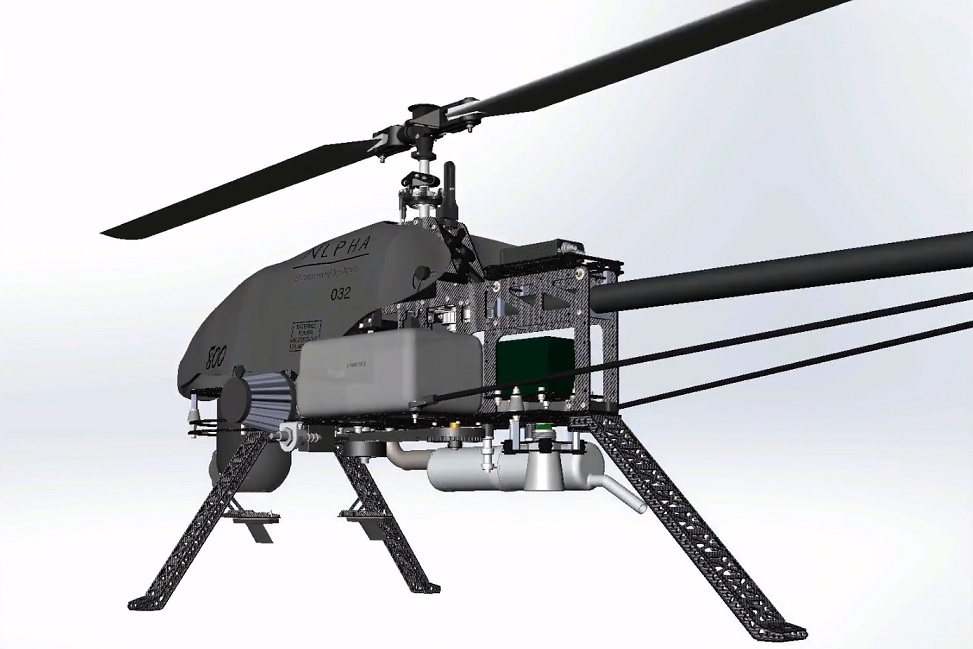This post is also available in:
 עברית (Hebrew)
עברית (Hebrew)
Satellite-based unmanned aerial vehicles can serve for various missions. The satellite and communications giant Inmarasat has been exploring the value of satellite-enabled unmanned aerial vehicles (UAVs) with commercial end-users in the commercial UAV sector.
Among the companies participating in Inmarasat’s UAV Pop-Up lab is the Spanish UAV manufacturer Alpha Unmanned Systems. The lab will enable the participants to execute a range of missions using Inmarsat´s global satellite network, according to dronelife.com.
Inmarsat´s satellite technology supports UAV missions in remote areas with poor terrestrial network coverage or rough terrains where radio line-of-sight is hard to achieve.
Alpha will integrate connectivity services using the Cobham AVIATOR UAV 200 terminal with its Alpha 800, a gasoline-powered UAV that provides 3 hours of continuous flight with a 3 kg payload.
Utilizing Inmarasat’s global L-band network, the Alpha 800 will be easily deployed to execute missions anywhere in the globe, ideal for humanitarian agencies and governments with a need for precision delivery of sensitive, time-critical cargo in remote areas.
The UAV is equipped with a light and strong airframe and a military-grade autopilot with high precision GPS and sensors.
This unmanned helicopter is available for a multitude of monitoring tasks. It was originally designed and built for intelligence, surveillance and reconnaissance. Now it’s being used for other services, including the delivery of medical supplies.
According to the company website, the Alpha 800 does much of the same work as a manned helicopter but with far lower maintenance requirements and overall costs.
Very light and easily maneuverable at less than 14kg, it is not affected by regulations that severely limit the use of heavier UAV’s. Its light weight enhances versatility in a wide range of missions.


























